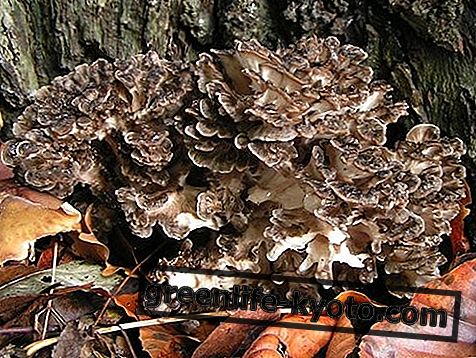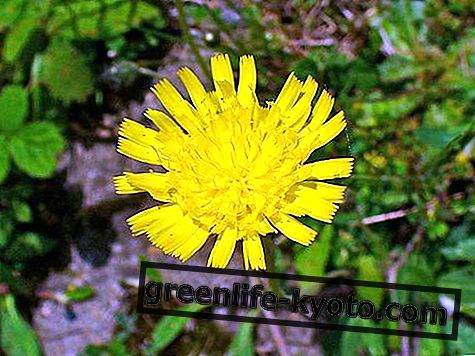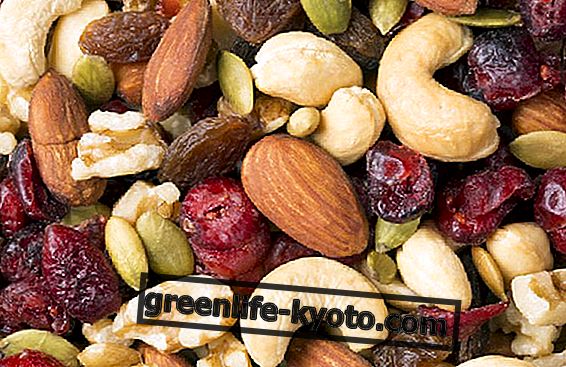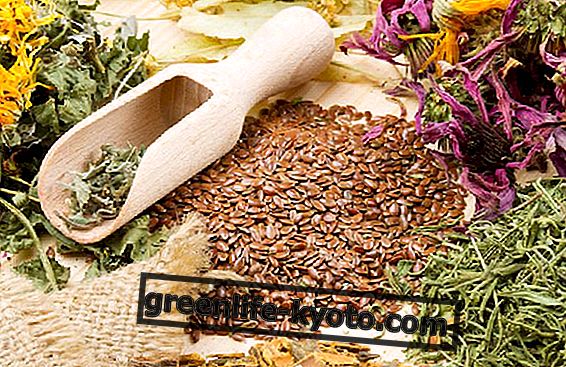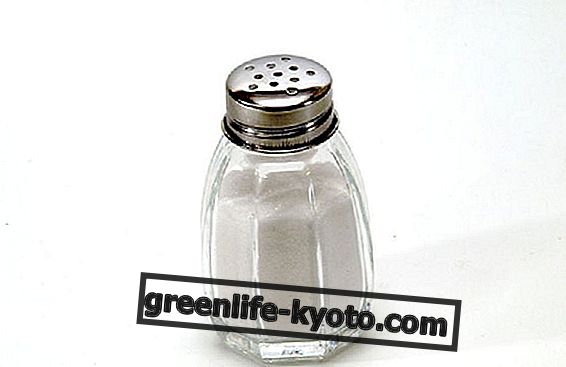
Cotton, a plant known since ancient times, belongs to the genus Gossypium, of the Malvacee family; originally from Africa and some parts of Asia and North America, the cotton plant was already cultivated by the Greeks and Romans.
Only later and thanks to the Arabs, various species of cotton were also introduced in Europe, in southern Italy, in Sicily, and used to obtain both fiber and oil.
How to obtain cotton oil
Cotton seed oil is an edible oil, but not only, extracted from the seeds of the cotton plant. Cotton seeds have a structure similar to other oil seeds, in fact they are surrounded by a hard outer shell; in processing, the oil is extracted from the core .
Cotton oil is obtained by cold pressing of the seeds and requires a complex and long refining process . The result is a light yellow, purified, delicate and pleasant oil, widely used by the food industry.
Characteristics of cotton oil
Cotton seed oil is made up of about 50% of polyunsaturated fatty acids, such as linoleic acid; the remaining part is made of saturated and monounsaturated fatty acids, in similar proportions.
It is a vegetable oil with a high content of tocopherols, substances that give it excellent antioxidant properties; in fact, it is very rich in vitamin E, third only in wheat germ oil and sunflower oil (43 mg for every 100 grams).
It is also a very stable oil, which gives the products containing it a long life.
Here are the other antioxidant oils for your health
Properties and use of cotton oil
Cotton seed oil is traditionally used in industrial foods, such as sauces, seasoning preparations, French fries . Being cheaper than other oils, many companies also use it to package processed foods, including cereals, bread and various snacks .
Integrated in nutrition, cotton oil has cardioprotective effects and fights free radicals; thanks to the presence of vitamin E, it is in fact a powerful antioxidant, with a beneficial action on sight and on the nervous system ; it also stimulates the reproductive function of the organism.
It is an oil that is also beneficial externally: it is found in fact in many cosmetic products for skin and hair, such as creams, shampoos, masks, being an excellent nutrient, moisturizing and elasticizing .
Cotton oil in other uses
Cotton seed oil is a vegetable oil used in many ways; over the centuries it has in fact returned to the production of the most diverse products, from explosives to rubber, to pesticides, to cosmetics .
In agriculture, this oil is in fact used as an insecticide, being in this sector particularly toxic, as often happens with other raw vegetable oils.
It must be borne in mind that gossypol, a substance present in raw cotton oil, is a toxin belonging to the terpenoid class. This toxic substance that also endangers people's fertility is eliminated by refining and the oil becomes edible.

